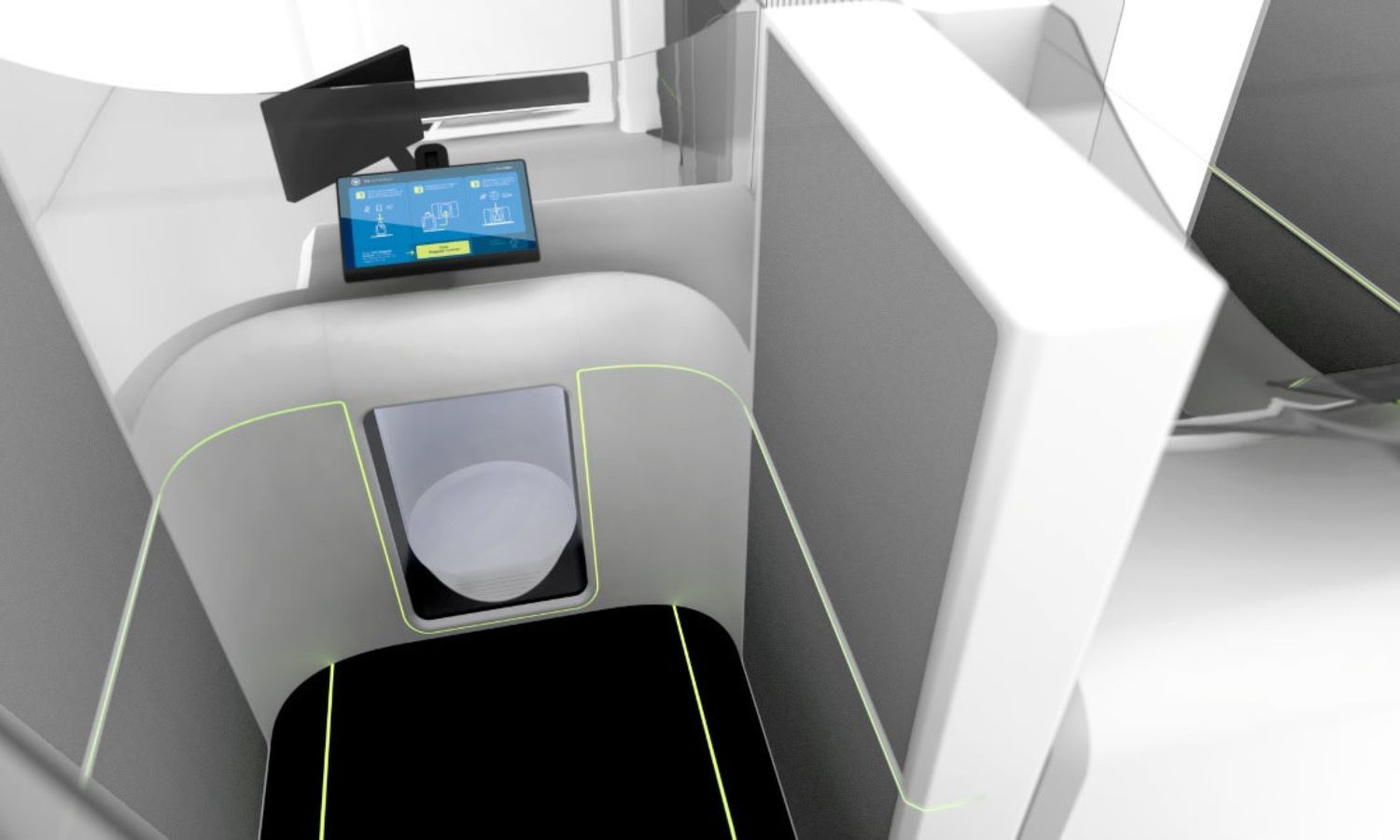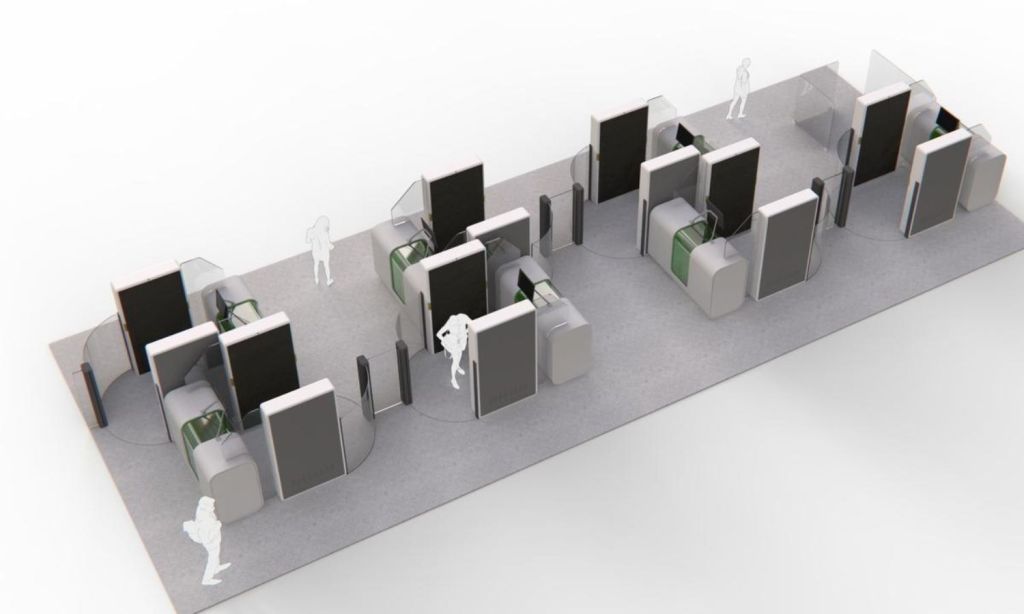For many, one of the worst parts about flying is airport security. The queues! The removal of clothes! The awkward pat-downs! It’s enough to put many off flying entirely.
Fortunately, that might soon be a distant memory with new check-in security tech in the works for US airports. Monash University’s Design Health Collab and Australian tech company Micro-X were recently awarded a contract by the US Department of Homeland Security (DHS) and Transport Security Administration (TSA) to create and test a compact self-screening concept that’ll streamline the airport security process.
The system will allow for passengers to screen themselves and their bags simultaneously, no trays required, and all while still meeting the strict safeguards of travel security. The design uses a much smaller CT scanning system than those currently used in airports, allowing room for more checkpoints and therefore fewer queues and annoyed folks.

Related: More $$$ for Mimosas: This Travel Hack Will Help You Save Up to 20% on Airfares
Related: Travel for Pleasure Isn’t Sustainable, So Do We Stop Travelling?
“Right now, you load your bags in, you stand in a line, you pass through the gate and pick your things up,” said Monash lead design researcher Dr Nyein Chan Aung.
“All these steps are going to be happening in your own booth now. You take your bags in, do your own scanning, and when you’re done you grab your own bags and you go.”
Helpfully, the new system will also have a ‘pre-warning’ prompt that will alert passengers of metal objects they may’ve forgotten to take out of their pockets.

“The interface between the checkpoint system and the person is what makes the technology work for humans,” Dr Brian Gonzales, Chief Scientist of Micro-X and the CEO of the company’s US subsidiary. “People need to have a good experience and the design needs to consider people’s wellbeing, movement and flow.”
But don’t hold your breath for the new security system to be adopted at Australian airports anytime soon. The first working prototype is still about eight months away, and it might be another year after that before the design team can commercialise it and roll it out in the US.
While there’s no word on when it’ll hit Australia, given it’s being developed through Monash Uni, we should be up there on the ‘next up’ list.
Read more stories from The Latch and subscribe to our email newsletter.







